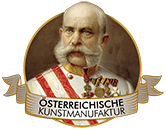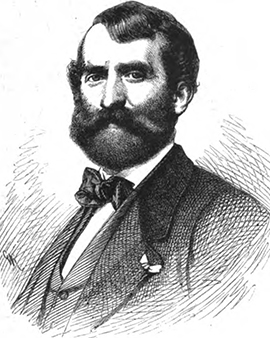Ferdinand Heilbuth is regarded as one of the significant painters of the 19th century, whose work is situated between Realism and Impressionism. His artistic journey began in Hamburg, but he soon moved to Paris, where he established himself in the vibrant art scene. Heilbuth's paintings are characterized by subtle coloration and keen observation, particularly evident in his depictions of everyday scenes, portraits, and religious motifs. He mastered the art of capturing light and the atmosphere of his era without resorting to dramatic effects. His works convey a calm, almost contemplative mood that draws viewers into the depicted scenes.
Heilbuth was an artist inspired not only by French painting but also by developments in Germany and Italy. While many of his contemporaries, such as Jean-Léon Gérôme or Ernest Meissonier, adhered to academic rigor, Heilbuth preferred a softer, more poetic approach to his subjects. He became particularly well-known for his portrayals of cardinals and ecclesiastical dignitaries, whom he depicted with a blend of irony and empathy. His technique of using light and shadow recalls the Impressionists, yet he always remained committed to Realism. Heilbuth's works are now found in numerous museums across Europe and testify to an artistic attitude that mediates between tradition and modernity.
×





.jpg)
.jpg)
.jpg)
.jpg)
.jpg)
.jpg)
_-_(MeisterDrucke-1660981).jpg)
_-_(MeisterDrucke-1660981).jpg)
.jpg)
.jpg)
.jpg)
.jpg)
_-_(MeisterDrucke-1022181).jpg)
_-_(MeisterDrucke-1022181).jpg)
.jpg)
.jpg)
_-_(MeisterDrucke-198739).jpg)
_-_(MeisterDrucke-198739).jpg)
.jpg)
.jpg)
.jpg)
.jpg)
_-_(MeisterDrucke-409155).jpg)
_-_(MeisterDrucke-409155).jpg)
.jpg)
.jpg)
.jpg)
.jpg)
.jpg)
.jpg)
.jpg)
.jpg)
.jpg)
.jpg)
.jpg)
.jpg)
.jpg)
.jpg)






